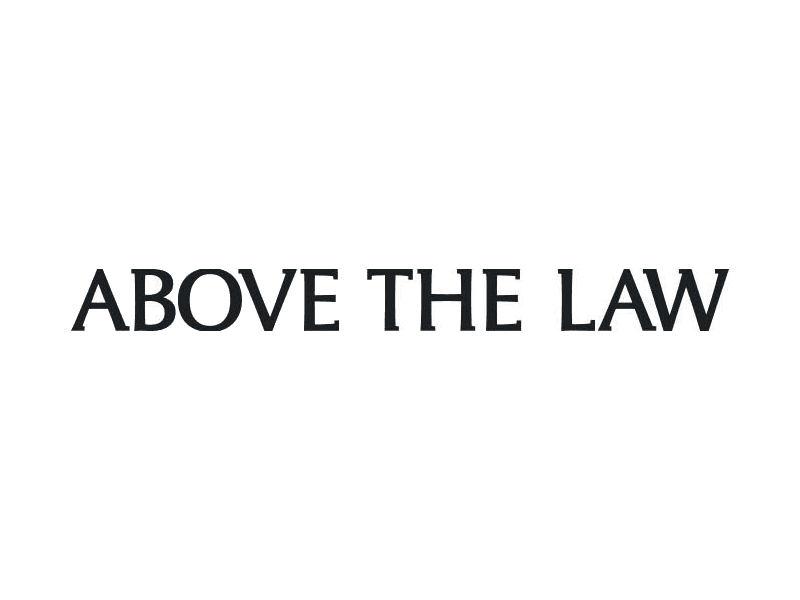
Never Take A Case Billed Out On An Hourly Basis Without A Retainer Big Enough To Easily Cover A Month’s Fees
This is easier to implement than you might think.

This is easier to implement than you might think.

Do yourself a favor and learn to recognize unreasonably difficult clients -- and avoid them.

Outdated billing is costing law firms money. Discover how clear, modern billing practices boost profits, trust, and cash flow in 2025.

In prior years, Brian Tannebaum attempted to mentally keep track of who called him and who hired him, but he wound up forgetting a lot of the details. This year, he made some changes. On a monthly basis, he's reviewing prospective clients who called, as well as who referred them, who took their calls, their case types, and whether he was retained. The percentage of calls-to-retained used to be “most.” Most potential clients that came to his office retained me. He made it easy. He'd bring them in, spend some free time, smile a lot, negotiate the fee, and get the case. Now that percentage has gone down, way down.…

So the matter/case (whatever you call it) is over. You’ve resolved the contract dispute, formed the corporate entity, ended the marriage, had the criminal case dismissed, resolved whatever the client’s issue was for which you were retained. You’ve taken Brian Tannebaum's advice and narrowly defined the scope of representation in your written, signed retainer agreement. Now what?

Be forewarned: Brian Tannebaum is citing case law here, so if that scares you, stop reading now. There are two things lawyers are doing wrong when it comes to scope of representation, as in, “What is your obligation to this client?” The failure to comprehend this critical concept begins when you are retained, and rears its head again when the representation is over. So let’s talk about the dumbass things you are doing to complicate your life, and how to fix them....